Eleven seafood myths busted
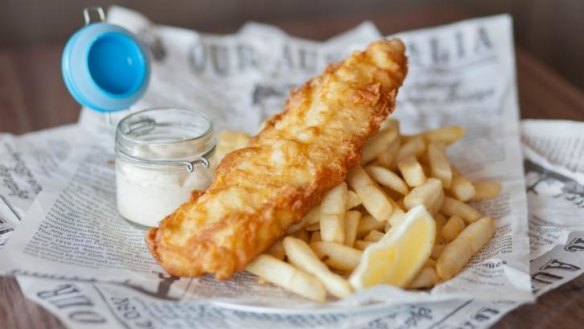
1. Never eat fish on a Monday
Well, it might be true in New York, where chef and bad boy Anthony Bourdain first peddled this story in his bestselling book Kitchen Confidential. But in Sydney the fish market is brimming with great quality seafood on a Monday that is just as good as you can get all week. Professional fishers often do take weekends off, but many rely on the weather rather than the naming of days of the week to decide when or not to brave the ocean, so the seafood you should be able to get on a Monday - from any reputable supplier - is just as good as any other time. The same goes for any decent restaurant, they'll have good seafood in the fridge every day of the week.
2. Don't eat shark 'cause it's a bottom feeder
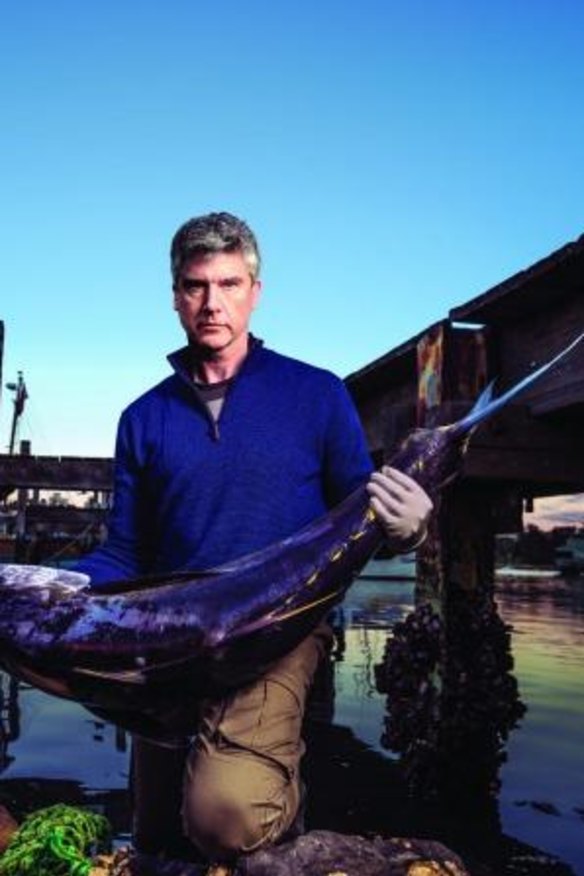
There are reasons to be slightly wary of shark, and it's not because it's a bottom feeder. If anything, it's because it's the top of the food chain.
In terms of eating it, this one's tricky. All seafood can contain tiny amounts of methyl-mercury and it's not a problem for normal consumers of seafood to have two to three a week. Ditto, most small, sustainably harvested sharks are, by definition, not a mercury risk, though most government warnings aren't species specific. Things such as rig from New Zealand and gummy shark from southern Australia are fast growing and probably don't accumulate more mercury than other fish their size and age. Mercury content of seafood is an issue for certain people: women trying to get pregnant, those who are pregnant or breastfeeding, or children under six.
The problem for them is mostly with bigger fish, and that's why the government's own recommendations for that group advise them not to eat more than 150g of shark (and bigger fish such as swordfish, marlin and larger tuna) a fortnight, and no other fish in the same fortnight. This would be really useful advice if only you knew what sort of shark you were eating when you were eating "flake". Sadly, because the labelling of any shark can still, under a voluntary code, be called flake, regardless of how old it is, you've little true indication of what its potential mercury content could be and how to tailor your own diet.
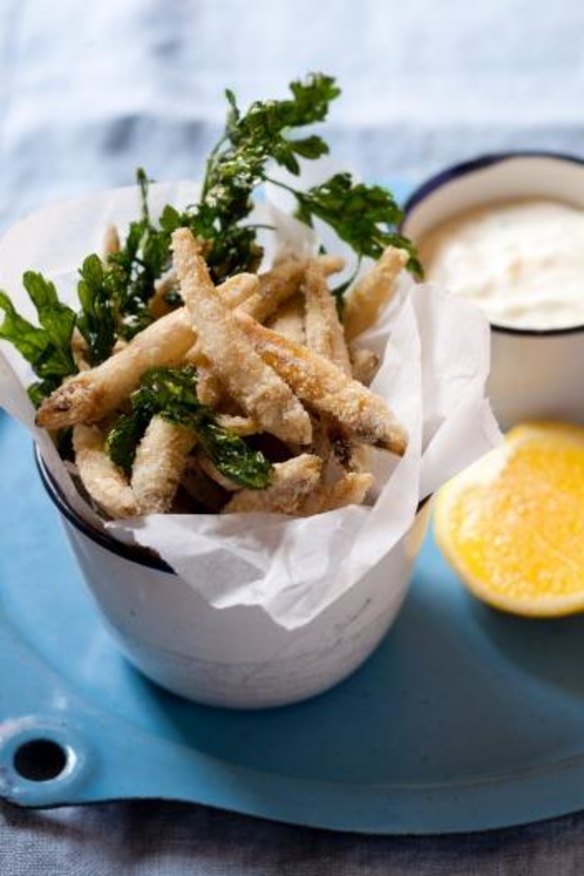
3. All tinned tuna is the same
While just about every tin of tuna in Australia says it's 'Made in Thailand' that just means Thailand is the world centre of tinning tuna, not catching it. There's a huge disparity in the environmental effect of different types of tuna fishing around the world. The good news is that Greenpeace has a very simple website so you can navigate through the maze and work out which tuna to buy. Generally, look for "pole and line caught" tuna and you'll be on safer environmental ground (or in safer environmental waters, really).
In terms of mercury content, most tinned tuna is from very young, fast-growing species that are in the same low-risk category as other seafood. Of course, neither this, nor the Greenpeace site, will help you work out which tuna tastes best, but it does give you information on how to help the oceans and your health. A couple of my favourites are Coles Pole & Line Skipjack Tuna Chunks Style in Olive Oil - well priced, not bad eating and not far from the top of the list in terms of sustainability cred. For very special occasions I'll go for Fish 4 Ever Yellowfin in Oil - yellowfin isn't as fast-growing as skipjack but it is a better fish from the tin in this case. I really like their focus on sustainability and the skipjack is an excellent, if pricy, alternative to most other brands.
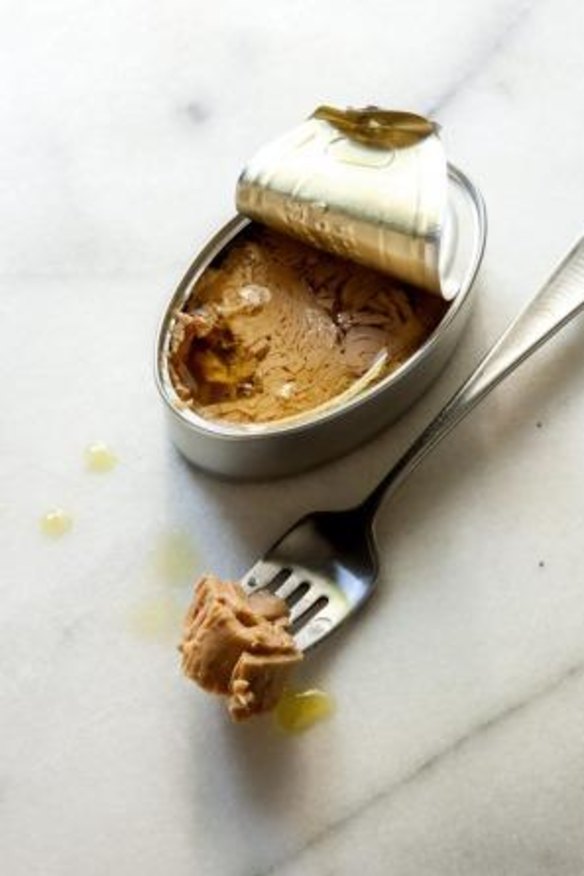
4. Always buy fresh seafood, not frozen
While this might sound like common sense, it's often not the case. The best seafood is kept in pristine condition, and often pristine condition might mean freezing. Modern blast freezers can maintain far better quality in seafood for a boat that's a day or two away from harbour than a fridge. Prawns are an excellent example. If you catch them, the head can blacken within hours because of the high bacterial count. It's better to freeze them on board the trawler than leave them to perish, even in perfect fridge conditions. Which is why all those magnificent prawns from the Spencer Gulf or the Northern Prawn Fishery are snap frozen on board and in the perfect world would be sold frozen rather than "thawed for your convenience". That way, the instant they're thawed you can be putting them in your laksa, your stir-fry or your paella, while they're at their peak. Most of the top-end tuna sold for sashimi (arguably the best indicator of quality in the world) is sold frozen at the Tokyo markets. If the Japanese have such exacting standards for quality and will buy frozen fish (albeit frozen to minus 60 degrees commercially) then we can do the same. Fish with a short shelf life, such as sardines, are often best bought frozen, too.
5. Throw away the mussels that don't open when cooked
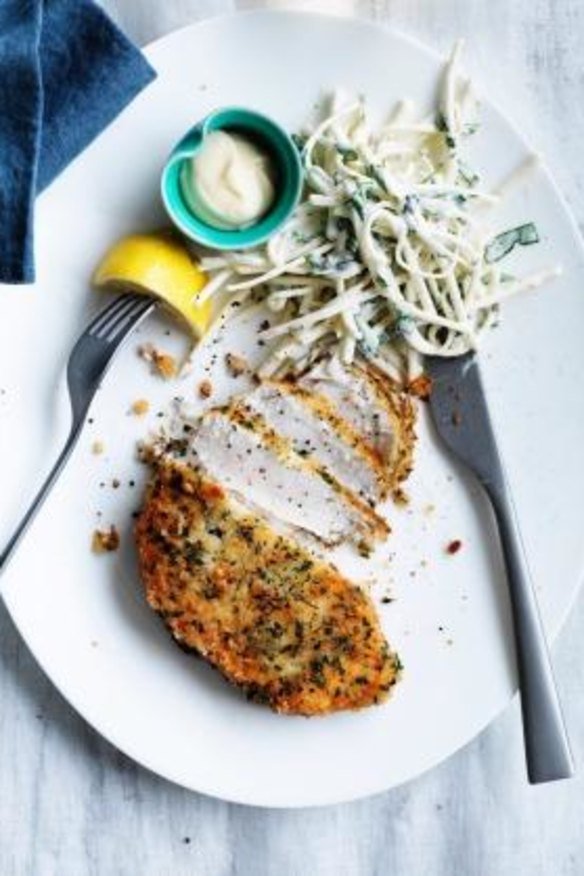
I once sold a copy of my book The Real Food Companion to a mussel farmer simply because he had trawled the pages and seen it was one of the few reference books that defied the trend. Let's say it loud and clear, if you have bought farmed mussels, and if they are still alive when you cook them, you can prise open those that don't yawn wide of their own accord once cooked and still eat them. The opening rate of mussels can depend on the heat in your pan, the amount you rattle the mussels around as they cook and probably the alignment of the stars. The myth probably arises from the fact that wild harvested mussels may be sick or dying and therefore won't open when cooked – which is a real risk. Farmed mussels are tried, tested and terrific, so prise them open with impunity.
6. Avoid oysters in months without an 'r' (May, June, July and August)
This myth has some solid basis, but it's not from our climes and it's a bit out of date too (despite it being the first myth my wife wanted debunking about seafood). In some places, oysters spawn in the warmer months. So in Europe and North America, particularly before the age of refrigeration, oysters weren't as good in months without an 'r'. But here, the warm months are different, and it's only Pacific oysters (not Sydney Rock oysters) that routinely spawn in summer. Even then, some are infertile and a good supplier should be able to juggle which farm they use so you can eat oysters every day of every year.
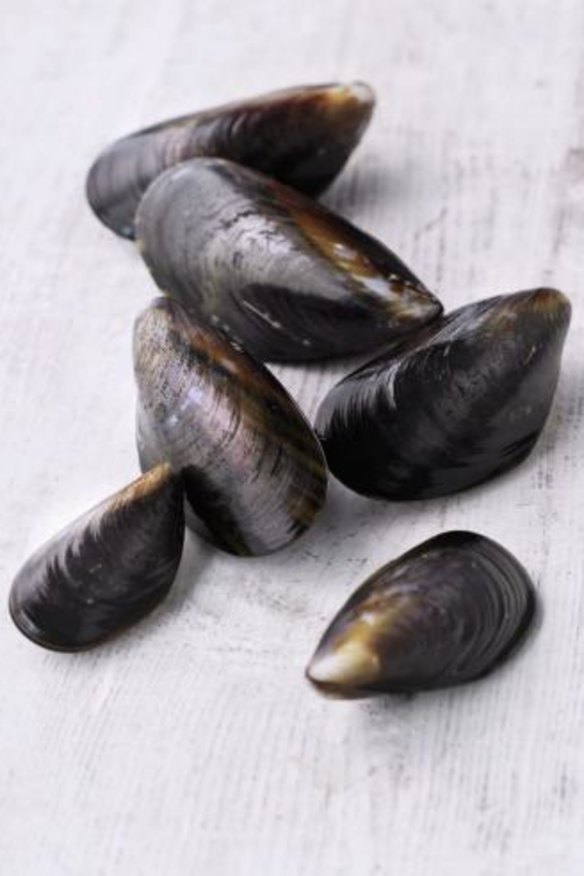
7. All imported fish is dodgy
"The fish farm was fed by the sewer." "It looks like a muddy swamp."
You know the stories, from those who've travelled through south-east Asia and have been on, or near, a fish farm.
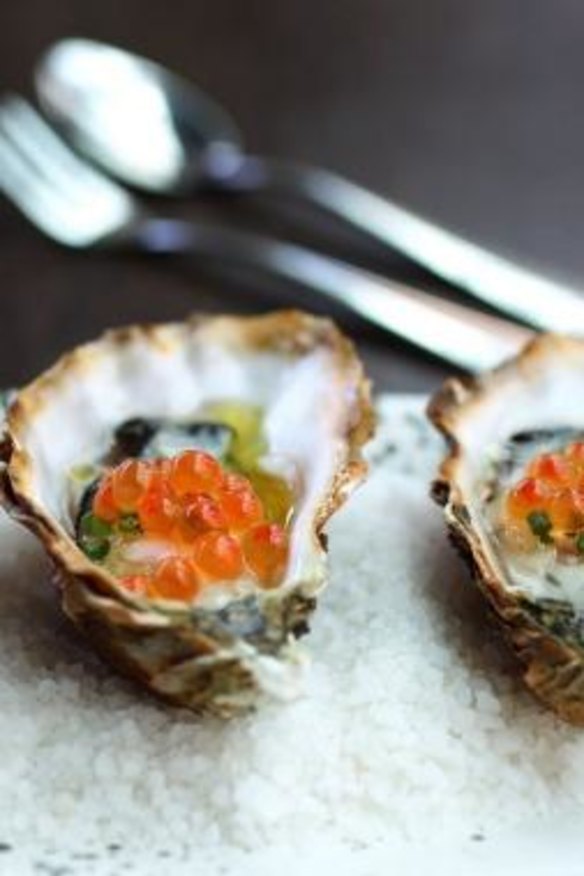
Well, maybe some of those stories are true, but most of the really dodgy fish farms that you hear about overseas sell fish locally (which is a tragedy for the locals in those countries as much as anything). Most of the larger companies have to have higher standards imposed on them by the processors. So the fact a fish is from overseas doesn't automatically imply it's dodgy.
Imported fish can be sustainably harvested, or not. It can be farmed in places that I would choose to buy from, or not. It can be good tasting, versatile and plentiful or not. While I've seen fish farms overseas that turned my stomach, most of what we eat is imported, and it passes routine testing. Remember, though, that much of it is built down to a price not up to a standard. If you want quality and sustainability, demand the imported fish has some accountability standards and be prepared to pay the true cost of sustainable production. It won't send you broke. While fish farms have been far slower to get third party certification, some wild fish, such as New Zealand hoki and South Africa hake, are certified sustainable and often feature in processed fish in your supermarket freezer.
8. Flathead is flathead and perch is perch
Real fish names exist in Australia, but they're only used on occasion and they're voluntary. That's why most of the so called "flathead" you eat in takeaways should probably be called Argentinian "stick fish", and most of the "perch" could be anything from orange roughy to gurnard to basa. It could, in fact, also be a type of perch. I even went to a fish-and-chip outlet called Snapper recently, ordered the snapper and when I pressed them for exactly what kind of snapper it was, they told me it was hake, a fish from South African waters more closely related to cod. It certainly wasn't snapper. Until we mandate the use of proper names, you'll never know what's really on your plate.
9. Australian farmed salmon is full of antibiotics
We're a long way from the days of antibiotic use being measured in tonnes in Tasmanian salmon farms. These days it's a small fraction of that. When I first moved to Tassie in 2008, the state reported that salmon farms had imported 18 tonnes of antibiotics in two years, and while all three companies were reticent about their exact use, much was used by Tassal. Now, the companies are all much more eager to tell the public what is going on. Tassal, for instance, effectively halved antibiotic use in two years between 2011 and 2013 and now uses about 50kg a year, a mere fraction of the bad old days. This equates to a mere 2.17g of antibiotic to medicate each tonne of fish. (Check out their sustainability reports) Most fish in Australian farms aren't medicated, and those that are (just like all those land animals we eat, such as sheep, pigs, chickens and cows) are subjected to a withholding period prior to selling to ensure no residues remain.
10. Farmed fish isn't as good as wild caught
When I was filming for the documentary What's the Catch, we did a mock test in a shopping mall in Sydney where we offered free tastings of farmed versus wild fish. And overwhelmingly people said the wild fish tasted better. Problem was, they were eating the exact same fish, just put on a different plate. (We never used the footage, as it seemed mean to trick unsuspecting punters.) So, farmed fish has an image problem, not an eating problem. Yet, often, farmed fish can be superb quality, may have a higher oil content which makes it more suitable for sashimi (kingfish is a case in point), and is harvested in a far quicker, far more humane way than much of the wild catch. We need to ditch our prejudices and look to a reliable fish supply for generations to come. Our children and grandchildren will be eating way more farmed fish than wild, just as we do with land-based animals (very few people eat bush meat), and so long as it's farmed sustainably, there's absolutely nothing wrong with that.
11. You only get omega-3s from seafood
While the jury is still out on exactly what benefits you can get from omega-3 fatty acids, the so-called good fats in seafood (people claim everything from increased brain function to decreased heart disease), seafood isn't the only source; it just happens that it is one of the highest, and easiest sources in the diet.
Thing is, fish get the omega-3s from their diet, and the actual fatty acids originate way down the food chain, in micro-algae, and – to a lesser degree – in macro-algae (seaweed). So seaweed is a valid dietary source. Even land animals contain omega-3s. Cows, sheep, pigs and even chickens can accumulate omega-3s from eating their greens, though many these days have no access to leafy greens, only grains. While not as efficient a supply as seafood, free-to-graze land animals are still a good source of omega-3s. A balanced diet, where you have a mixed intake of all food groups (moderation, just like your mother told you), is the key. So you shouldn't be surprised to learn that you can get omega 3s from eating your greens, too -and from flaxseed and hemp oil, and dairy and walnuts and a host of other sources.
The best recipes from Australia's leading chefs straight to your inbox.
Sign up